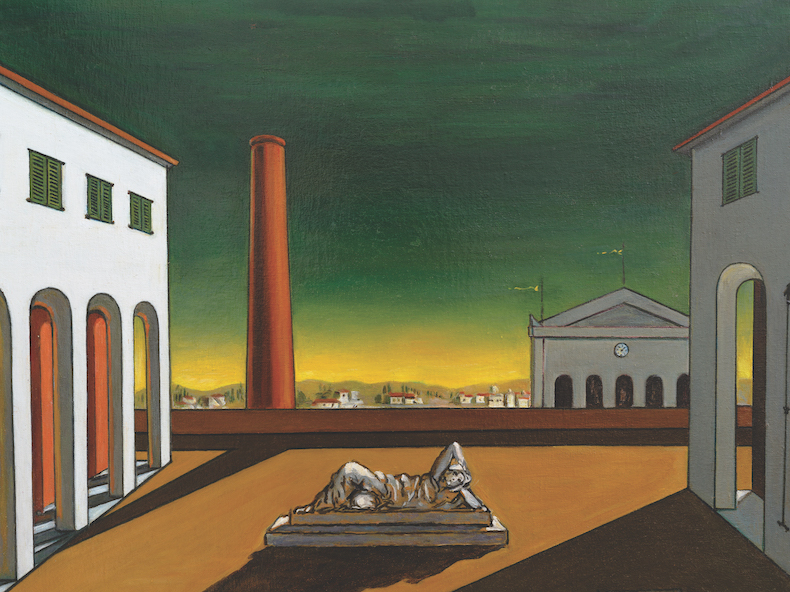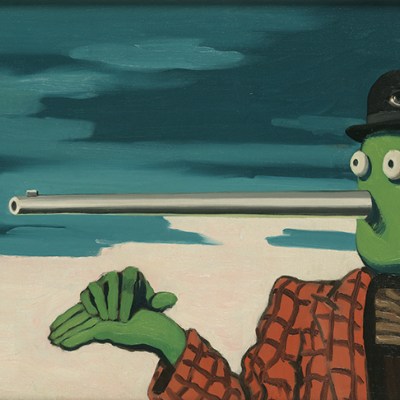From the January 2024 issue of Apollo. Preview and subscribe here.
It’s not unusual for art fairs to rise and fall. Yet BRAFA, Belgium’s most prestigious art and antiques fair, has weathered almost seven decades – making it one of the oldest such events in Europe. What, in the view of managing director Beatrix Bourdon, is behind its continuing success? ‘I think it’s because it’s a fair organised by the dealers, for the dealers,’ she says. ‘The board of directors is made up solely of exhibitors. I think that helps us to make good decisions.’
This year, BRAFA returns for its third outing at Brussels Expo. Of its 132 exhibitors, 20 are newcomers (among them international names such as Nicolás Cortés, Richard Saltoun and Galerie Marc Maison), but the balance of galleries is two thirds European to one third Belgian. That third is important to BRAFA’s identity, says Bourdon: ‘We want to keep a strong link with the Belgian market – Belgium is a small country, but there are a lot of collectors.’
As ever, the fair is hosting a ‘Guest of Honour’. ‘As a non-profit organisation ourselves, we always want to put other institutions in the spotlight’, Bourdon says. This year marks 100 years since the publication of the Surrealist Manifesto by the poet and critic André Breton. To celebrate, the international calendar is dotted with events marking the ‘Year of Surrealism’. It is also a century since the Belgian poet Paul Nougé co-founded the Surrealist magazine Correspondance – and the 30th anniversary of the death of his countryman Paul Delvaux, an artist widely associated with the movement (though he rejected the label himself). It’s fitting, then, that BRAFA has invited the Paul Delvaux Foundation to be its special guest for 2024. Paintings owned by the foundation will join those from a private collection on loan to the Paul Delvaux Museum in Saint-Idesbald.
Piazza d’Italia (1948–72), Giorgio de Chirico. Repetto Gallery at BRAFA

Dreamlike works can be found dotted throughout the fair. For Bourdon, a highlight is La Légende des Siècles (1950), a drawing by Belgium’s best-known Surrealist René Magritte, offered by De Jonckheere. Elsewhere, Librairie Lardanchet is showing an original edition of Breton’s Manifeste du Surréalisme (1924) – one of just 19 to have survived – while Repetto Gallery is exhibiting two important works by Giorgio de Chirico, Piazza d’Italia (1948–72) and Piazza d’Italia con Arianna (early 1950s). There are contemporary artists taking a Surrealist approach, too: Brussels gallery Rodolphe Janssen is offering new works by Tom Poelmans, Emily Mae Smith and Thomas Lerooy, who all draw inspiration from the movement.
There are, of course, far earlier works to be found. One highlights is a 16th-century tapestry of a courtly scene, offered by De Wit, which Bourdon describes as ‘typically Belgian. It’s very fine – the movement in the clothing, those complex folds.’ It’s a strong year for homegrown art, old and new.
BRAFA takes place from 28 January–4 February at the Brussels Expo.
Gallery highlights
Gerhard Richter: Engadin
Nietzsche-Haus, Sils; Segantini Museum and Hauser & Wirth, Saint Moritz
Until 13 April
Gerhard Richter first visited the Swiss Alpine region of Upper Engadin in 1989 and the artist has spent time in its valleys across the seasons ever since. Now the Nietzsche House in Sils and the Segantini Museum and Hauser & Wirth in Saint Moritz are collaborating on an exhibition of Richter’s paintings, drawings and photographs inspired by its landscapes.
The Thunder Hurried Slow: Emily Mason Paintings, 1968–1979
Miles McEnery Gallery, New York
Until 3 February
The brilliant colourist Emily Mason (1932–2019) spent much of her time tending to the posthumous career of her mother, the abstract artist Alice Trumbull Mason. This exhibition curated by the art historian Barbara Stehle focuses on an early period of Mason’s own practice. Lively canvases bear pigments and solvents mixed then poured, rubbed, scraped or finger-painted to textural effect.
Pleasure Garden (1970), Emily Mason. Courtesy Miles McEnery Gallery

Moon/King: The Work and Friendship of Phillip King and Jeremy Moon, 1956–1973
Thomas Dane Gallery, London
26 January–20 April
In 1956, Phillip King and Jeremy Moon met at Cambridge while studying modern languages and law respectively. Little could they have known that this friendship would go on to influence future careers as artists. This collaboration between Thomas Dane Gallery and Luhring Augustine pairs drawings and paintings by Moon with King’s sculptures.
Sara Flores
White Cube, Paris
Until 13 January
Ayahuasca is a key part of the rituals of the Shipibo-Conibo nation of the Peruvian Amazon. An artistic tradition called kené parallels the music – and the visions – that accompany such rites: geometric motifs are sculpted, woven or painted on textiles, ceramics or the body. Sara Flores, a Shipibo-Conibo artist, creates maze-like kené designs painted freehand with vegetable dyes on to canvases of wild cotton.
Fair in focus
Master Drawings New York
Various venues, New York
27 January–3 February
The annual event celebrating works on paper is back for its 18th edition. Some 26 exhibitors from New York, London, Paris, Madrid and Brussels are exhibiting in spaces across the Upper East Side of Manhattan, offering artworks dating from the 15th to 21st centuries. This year, Master Drawings has partnered with the Drawing Foundation, a newly formed non-profit that is programming a series of tours and lectures at venues including the Metropolitan Museum of Art and Christie’s.
Carnaval au Bistrot. Paris. Été. 1908 (1908), Pablo Picasso. Patrick Bourne & Co. at Master Drawings New York

Highlights from the fair include a study from the 1840s of atmospheric conditions in pencil and watercolour by J.M.W. Turner that was once owned by John Ruskin, offered by Abbott & Holder, and a Picasso watercolour study that is appearing on the market for the first time since its purchase from the artist in the 1920s, courtesy Patrick Bourne & Co. It is one of a series of four. Others are in the collection of the Musée Picasso in Paris. Elsewhere, Nicholas Hall and W.M. Brady & Co. are exhibiting a recently discovered chalk drawing by Lorenzo Baldissera Tiepolo.
From the January 2024 issue of Apollo. Preview and subscribe here.



